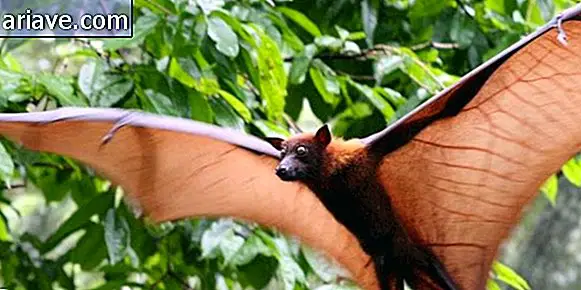Unicorns really existed and lived with our ancestors
Unicorns actually existed and even lived together with humans - at least in the same period. The extinction of the "Siberian unicorn", or Elasmotherium sibiricum, was believed to have occurred around 350, 000 years ago. However, a fossil discovered in 2016 in Kazakhstan changed prior knowledge of the species. The new fossil was dated 29, 000 years ago, placing it at a time with our still nomadic ancestors.
Have you ever imagined a unicorn? A cute animal with a magic horn running around freely? A little Uni from Dragon's Cave in the garden? Well, the "real unicorn" wasn't quite like that. The Siberian unicorn was closer to a modern rhino than to a horse with a horn on its forehead. And the skull found in the Pavlodar region of Kazakhstan brings contradictory evidence to previous studies.

Elasmotherium sibiricum
The dimensions of the animal are really impressive, with 2 meters high, 4.5 meters long and weighing about 4 tons, the big boy could easily face a mammoth. The heavy weight far exceeds that of the current horses, which average 1.5 meters in height, 2.5 meters in length and those weighing 1 ton. Even with all this physical grandeur, the animal was probably herbivorous.
Elasmotherium sibiricum was hairy and contained a long, slender horn. The rod had a larger and wider base near the animal's forehead and a thinner, sharper tip. Quite different from today's rhinos, with their small, flat horns. The specimen found was probably a male, but the conditions of his death are still unclear.

According to research paleontologist Andrei Shpanski of Tomsk State University in Russia, the West Siberia region was possibly a refuge for the species, while the rest of the groups were extinct much earlier. Another possibility is that they migrated and remained in southern areas.
With this discovery, paleontologists hope to better understand the role played by environmental and migratory factors in the extinction of the Siberian unicorn. With some animals surviving longer with just a change of area, understanding these changes can be essential even for human survival. For example, when choosing possible places during climate change or environmental disasters, knowing the potential for adaptation that we will have in a given region can be critical.
***
Do you know the Mega Curioso newsletter? Weekly, we produce exclusive content for lovers of the biggest curiosities and bizarres of this big world! Register your email and do not miss this way to keep in touch!











